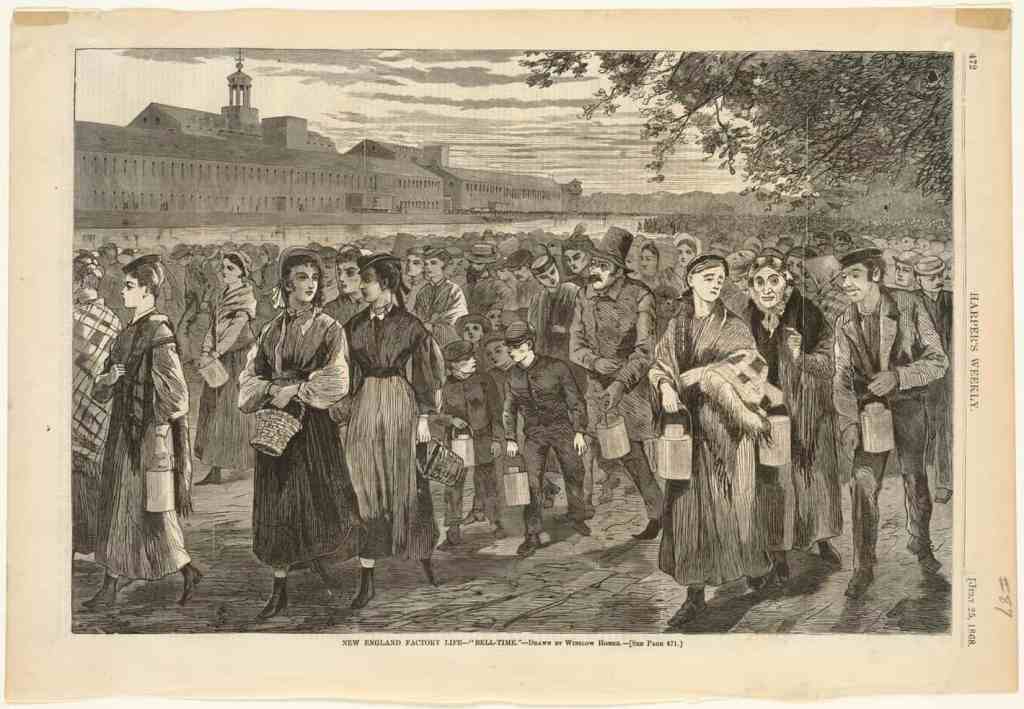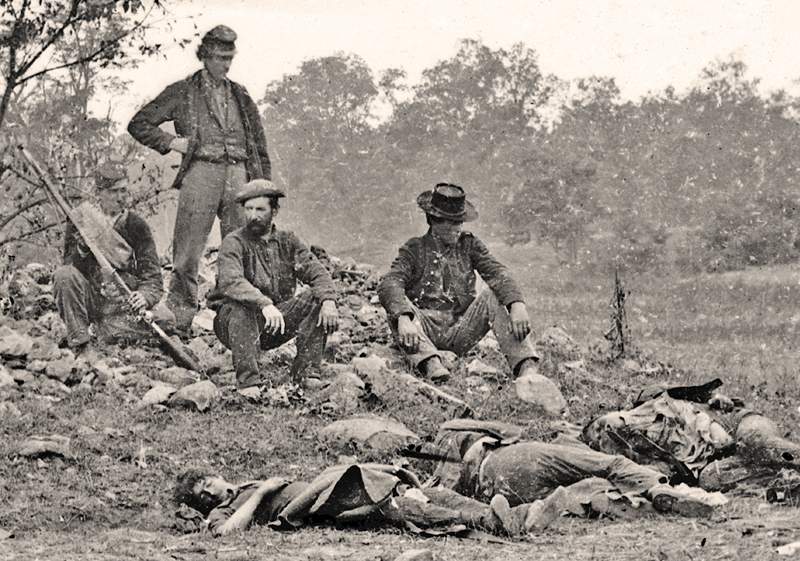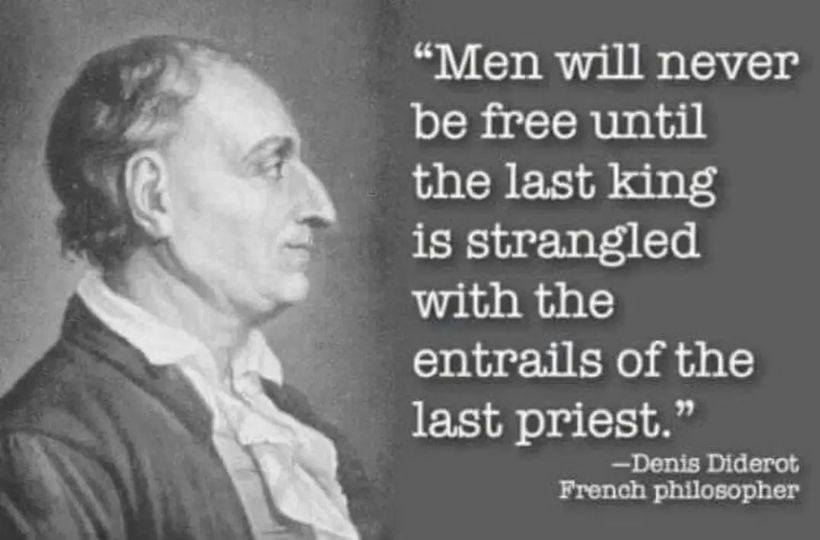The continuing search for solutions to the massive influx of immigrants has yielded some outrageous ideas, such as Trump’s ‘solution,’ ridiculed by Rep. Robert Garcia, who on January 31 reminded the Republican caucus that the plan they have rallied behind consists of moats filled with alligators, fences with spikes on top, bombing northern Mexico, and shooting asylum seekers. “Trump only speaks about creating misery at the border, there is no plan to improve anyone situation here,” Garcia pointed out.
Serious efforts to address these problems more realistically have been ongoing. For example, on June 26, 2023, a conference addressing the root causes of migration in the Western Hemisphere convened in Washington D.C. under the auspices of the Council on Foreign Relations. Speakers included Katharine M. Donato (Donald G. Herzberg Professor of International Migration and Former Director, Institute for the Study of International Migration, Georgetown University; CFR Member), Silvia Giorguli (President, El Colegio de México, A.C.), Manuel Orozco (Director, Migration, Remittances and Development Program, Inter-American Dialogue), and Presider Kellie Meiman Hock (Managing Partner, McLarty Associates; CFR Member). What follows are excerpts from their discussion.
HOCK: We’ve got the socioeconomic realities of Mexico and Central America in an environment of increasing violence, and we’ve got on our side the U.S. failure to enact a coherent immigration reform to try to permit more regular flows despite our having a labor shortage, despite the efforts of the Biden administration to try to enact some more regularity through the regional processing centers and other efforts. It’s still difficult, and an election in 2024 will not make it more easier.
GEORGULI: First is this idea that we do need a comprehensive and regional approach to the management of migration more than unilateral or bilateral agreements to look at more in a—in an open perspective. Of course, one of the acts of the centers of the management of migration goes to addressing the drivers of migration—economic drivers; environmental drivers; and now in Central America—well, in North and Central America, and in Mexico also, violence-driven migration.
One of the main conclusions of the group was the idea of increasing the legal pathways to migration, both in terms of labor opportunities but also in terms of humanitarian protection. And another lesson learned from what we have seen in the region is the importance of civil society and the work that they have done, that in many cases they have been more effective than certain states to respond to the urgent needs and the humanitarian needs of population on the move.
DONATO: … the historical context is complex. It is an area of the world where there was a lot of civil war and civil strife in the 1980s in El Salvador, in a variety of countries in Central America. There was not only a lot of violence then, but there was a lot of displacement. And that started a pattern of, you know, fairly significant internal displacement, which then translated into movement through Mexico and coming up to the U.S. border.
And even though that kind of violence began to dissipate in the 1990s, it’s an area of the world that has continued to—since the mid-1990s that continues to not be totally on stable ground with respect to democracy, democratic processes, with respect to the belief in the legitimacy of the state to take care of me if I’m—something happens. And it’s also an area of the world where there’s been a fair amount of environmental events, big natural disasters—so Hurricane Mitch in 1998, I believe; Hurricane Stan in, I think, 2003 or (200)4; very big storms coming through. And actually, in 1998 when that happened, the U.S. implemented temporary protected status for hundreds of thousands of Salvadorans and Hondurans who were in the U.S. and could not return.
So the thing is, none of these drivers—the initial drivers—operate by themselves. They all interact. But they’ve created enough of a push so that many, many people have left. And I think about 4 million—not counting the recent years of entry, I think 4 million persons born in northern Central American nations live in the United States, and that’s not counting the last few years.
And so the population has grown in the U.S. It’s grown because not only of these drivers, but then all of the family networks. You know, someone gets to the U.S. They get TPS, temporary protected status, which has to be renewed on a yearly or, you know, every-two-year basis. But then those families who then have a foothold here then can help bring others here.
So this has been a process that’s been going on now for decades. It’s going to be fairly hard to stop even if life, let’s say, in Guatemala and Honduras became less violent and more predictable with respect to climate and therefore food supplies. Even if those structural problems lessen, it still will take quite some time because now family connections are cross-border. And you know, if I haven’t been able to cross and my family’s been in the U.S. for fifteen years, odds are very, very high that I’m going to come.
GIORGULI: … addressing the drivers of migration, keeping the strategy of cooperation for development in order to attend the causes of migration, is still a very important and one of the main strategic lines to follow when you talk about the regional management of migration. But there are two things that we have learned from the Mexico-U.S. experience for more than one hundred years.
First, that it will take time to have results on one side. And secondly—and that’s new—that, usefully, I think that in a certain way we are—still think a lot of this lever, economic migration, and that’s why it has been so difficult to move to a different way of managing Central American migration in Mexico and in the U.S., no? So, like, trying to change that chip and trying to emphasize more of these challenges, such as the rule of law, and strengthening the local institutions, no?
For example, in the case of Mexico, of course there has been a change in terms of refugee and asylum because the way the applications have increased in the last three years. There has been a lot of work with UNHCR—with ACNUR in Spanish, UNHCR in English—but still the institution that is responsible for processing and receiving all the applications is very weak in terms of financial resources and human resources, no? So that would be, like, very close to the U.S. case, where the strengthening of the institutions can be one way to build this more comprehensive management.
DONATO: … in the United States any significant change to legal pathways has to come from U.S. Congress, and we are stuck, right? Congress is stuck and unable to develop out legal pathways. So, as a result, the legal visa system that we have in place currently comes from an act of Congress that took place in 1990. And I don’t know one employer in the world that wouldn’t have changed their hiring procedures over the course of three or four decades. So we are talking about an antiquated system.
…[With] the Biden administration—there have been some changes, small, some recommendations from the task force that sync with what the Biden administration has done in the U.S. The regional processing centers, it’s going to take a while to figure out if they’re going to work. But the idea is that perhaps we should have a place where people can go that’s more accessible than coming all the way from Venezuela … all the way up through Mexico, and all the risks that are associated with that kind of movement. … can we develop a place—and the U.S. government is working on this now with two other partners, Canada and Spain.
~~~
OROZCO: …the administration wants to extend DACA to this crowd of kids, and we’re talking about five hundred thousand people now. You know, between 2019 and 2022, five million people tried to come to this country. I mean, five million is a lot—it’s a country moved to the U.S. border. Maybe half made it, or two million made it. The other ones were returned, and billions of dollars spent on that is a big hassle that we haven’t even talked about, all because there is a broken system.
GIORGULI: … something that I learned from working with the task force, and especially from the colleagues from Central America, is that it has to do not only with economic opportunities, but working side by side with the rule of law, with the construction of institutions in the countries and communities of origin, no? So I do agree with Manuel that economics is probably one of the strongest and most continuous drivers of migration, but I also think, from the field work that we have been conducting and from the experiences that we heard within the task force, that if you don’t have this other part, it’s just economic investment, or creating job opportunities in the communities of origin by themselves will not be enough.
QUESTION FROM THE AUDIENCE: I’d like to go back to something that Manuel said. Very specifically he talked moral hazard—moral hazard in migration, taking migration seriously. Silvia talked about UNHCR giving money to COMAR in Mexico to help with refugees, and so on—not enough money, not enough.
But I would say the same thing happens in the United States. The United States invests, creates a whole new bureaucracy when they create the Department of Homeland Security, and starts giving money almost specifically, almost exclusively to ICE and to CBP. USCIS is lost out there somewhere, right? And the problem with enforcement, with thinking that you are going to stop water from flowing, is that it’s self-perpetuating. The more you invest in that, the more you have to invest. The more walls you build, the more you trap people behind those walls, and it gives you exactly what you say you don’t want.
~~~
The group further discussed inequities in existing agricultural programs as well as the increasing effects of climate change and poor quality education in these countries where so many immigrants originate. A complete manuscript is available at https://www.cfr.org/event/addressing-root-causes-migration-western-hemisphere Video of the discussion is found at https://www.youtube.com/watch?v=Gc3CG7SRvrE&t=23s.
Without addressing the root causes of the increasing immigration, the U.S. has no chance of enacting meaningful controls. This conference was one of many ongoing efforts to better understand what we can do without killing people or otherwise fantasizing about inanely cruel–and ultimately ineffective–policies.



































